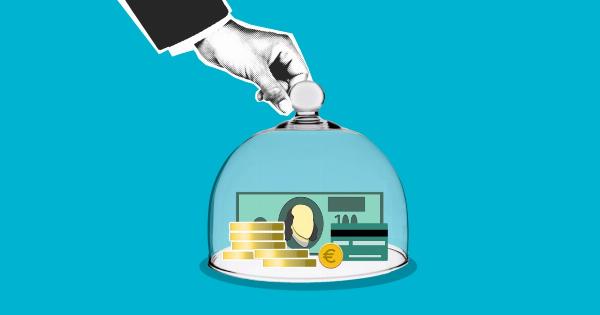Cardiovascular abuse is a growing problem in modern society, affecting millions of individuals around the world.
The consequences of such abuse extend far beyond physical and emotional harm, and often result in significant financial burdens for survivors. This article explores the various financial challenges faced by individuals who have endured cardiovascular abuse, shedding light on the often overlooked aspect of this issue.
1. Medical Expenses
One of the most immediate and apparent financial burdens for cardiovascular abuse survivors is the exorbitant cost of medical treatment.
Survivors may require hospitalization, specialized surgeries, rehabilitation, medications, and ongoing diagnostic tests to manage their conditions. The expenses associated with these necessary medical interventions can quickly accumulate, straining the financial resources of survivors and their families.
2. Loss of Income
Cardiovascular abuse often leaves survivors physically incapacitated, making it impossible for them to perform their regular job duties.
This loss of income can be devastating, as survivors may struggle to cover their everyday living expenses including mortgage or rent payments, utilities, and groceries. Their inability to work also leads to long-term financial consequences such as decreased savings for retirement and limited opportunities for career advancement.
3. Legal Costs
Many cardiovascular abuse survivors choose to pursue legal action against their abusers, seeking compensation for their suffering and financial losses. However, engaging in a legal battle comes with its own set of substantial costs.
Survivors may need to hire lawyers, pay for court fees, and cover other related expenses throughout the duration of the legal proceedings. These expenses can further add to the financial burdens already imposed by cardiovascular abuse.
4. Mental Health Care
Survivors of cardiovascular abuse often require extensive mental health support to cope with the trauma they have experienced. Therapy sessions, counseling, and medications can be vital components of their recovery process.
Unfortunately, mental health care is often expensive, and the financial strain of seeking these services can be immense. Many survivors may find themselves unable to access the care they need due to its high cost, exacerbating their mental health challenges and hindering their overall well-being.
5. Lifestyle Adjustments
Following cardiovascular abuse, survivors must make significant lifestyle adjustments to manage their conditions and reduce the risk of further complications.
These adjustments may include purchasing specialized medical equipment, modifying living spaces to accommodate physical disabilities, enrolling in rehabilitation programs, and adopting healthier diets. Each of these changes comes with financial implications, placing additional strain on survivors and their families.
6. Higher Insurance Premiums
Survivors of cardiovascular abuse often face higher insurance premiums due to their heightened risk profile.
Whether it be health insurance, life insurance, or even auto insurance, their medical history and increased likelihood of future health complications often result in significantly higher premiums. This added expense can create a considerable burden for survivors, limiting their ability to afford comprehensive coverage or forcing them to rely on inadequate insurance plans.
7. Debts and Financial Instability
The combination of medical expenses, loss of income, legal costs, and other financial burdens can push cardiovascular abuse survivors into a cycle of debt and financial instability.
Despite their best efforts to manage their finances, survivors may find themselves drowning in debt, struggling to make ends meet, and unable to improve their financial situation due to ongoing medical needs. The resulting stress and financial strain can further exacerbate the negative impacts of cardiovascular abuse on survivors’ overall well-being.
8. Limited Educational Opportunities
For survivors of cardiovascular abuse who are pursuing higher education, the financial burdens can significantly limit their opportunities.
The cost of tuition, textbooks, and other educational expenses may become unaffordable, forcing survivors to forego pursuing further education or take on substantial student loan debt. This limitation in educational opportunities can impact survivors’ long-term earning potential and financial stability.
9. Reduced Quality of Life
The financial burdens faced by cardiovascular abuse survivors ultimately lead to a reduced quality of life. The constant worry and stress about finances often overshadow survivors’ ability to fully enjoy their lives and focus on their recovery.
The financial strain can also strain relationships and limit social activities and opportunities for personal growth. The impact on their overall well-being extends far beyond the physical and emotional toll of the abuse itself.
10. Limited Access to Ongoing Care
Long-term care is crucial for cardiovascular abuse survivors, yet it is often unattainable due to the financial burdens associated with it.
Ongoing medical appointments, specialized therapies, and regular monitoring are essential for survivors to effectively manage their conditions and prevent further complications. However, the costs of these services may lead to inadequate follow-up care or even complete abandonment of necessary treatments, placing survivors at greater risk and impeding their path to recovery.































